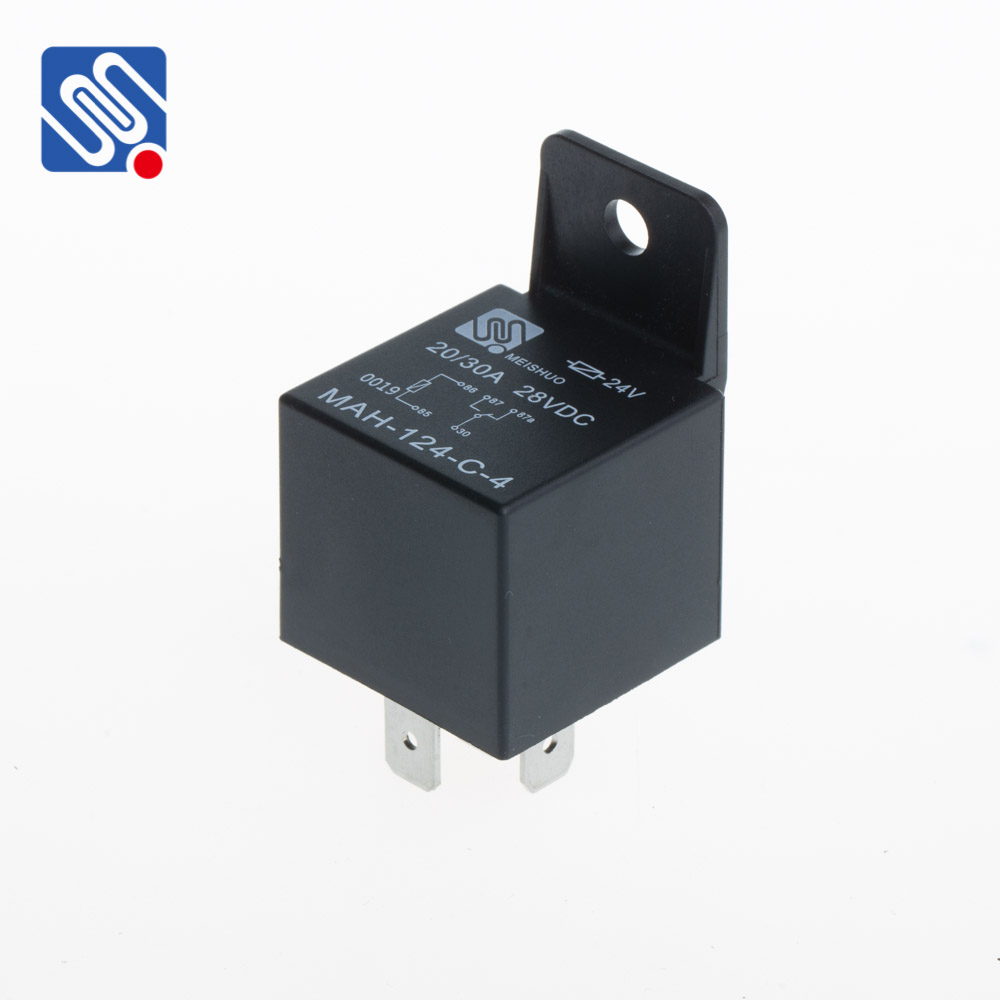A relay is an essential component in electrical and automation systems, acting as a switch that opens or closes a circuit based on a control signal. Its versatility makes it a vital part of many industries, including automotive, manufacturing, and home automation. A well-written Relay Operation Guide can provide a comprehensive understanding of how relays work, their types, installation procedures, and maintenance. This guide is crucial for anyone involved in handling, installing, or maintaining relays in various applications.

Understanding the Basics of Relays At its core, a relay is an electromechanical switch that is controlled by an electrical current. It consists of an electromagnet, a set of contacts, and a spring mechanism. When an electrical current flows through the coil of the relay, it generates a magnetic field, which in turn pulls or pushes the contacts into a different position, either closing or opening the circuit. This action enables the relay to control a high-power circuit using a low-power control signal, providing a form of isolation and protecting sensitive components. Types of Relays